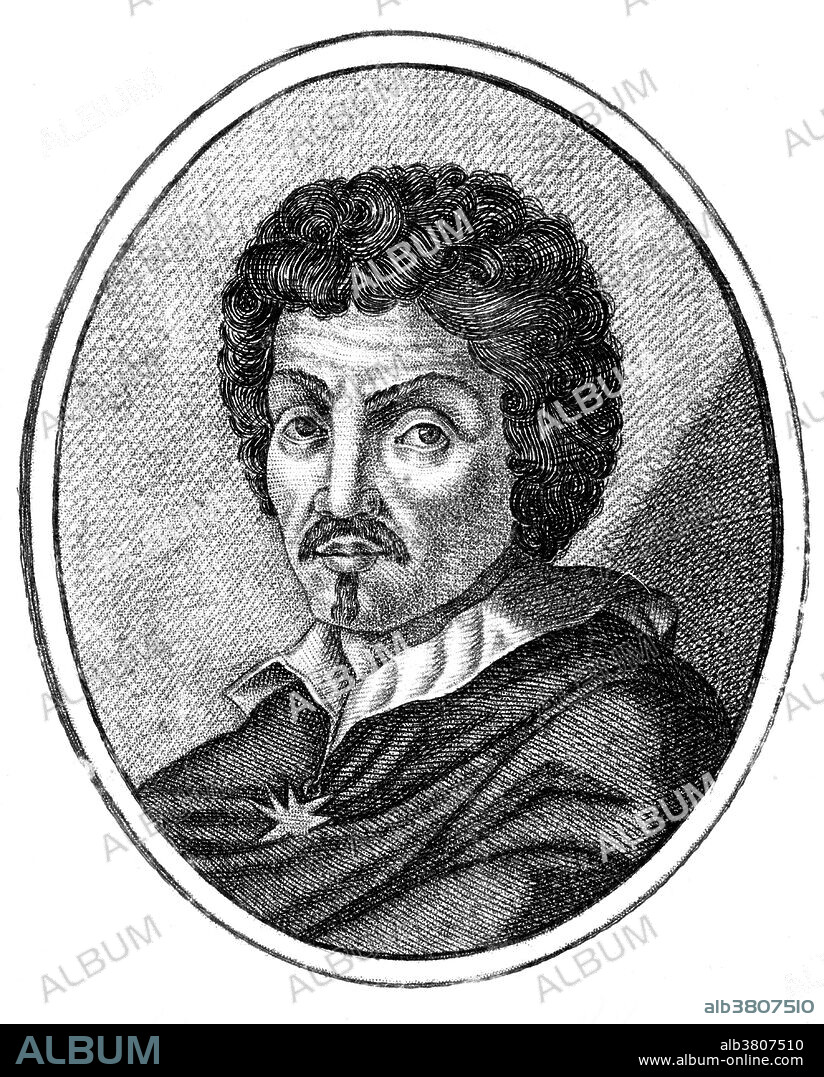alb3807510
Michelangelo da Caravaggio, Italian Artist

|
Ajouter à une autre Lightbox |
|
Ajouter à une autre Lightbox |



Avez-vous déjà un compte? S'identifier
Vous n'avez pas de compte ? S'inscrire
Acheter cette image.
Sélectionnez l'usage:

Titre:
Michelangelo da Caravaggio, Italian Artist
Légende:
Voir la traduction automatique
Michelangelo Merisi (or Amerighi) da Caravaggio (September 29, 1571 - July 18, 1610) was an Italian artist. His paintings, which combine a realistic observation of the human state, both physical and emotional, with a dramatic use of lighting, had a formative influence on Baroque painting. In his twenties Caravaggio moved to Rome where there was a demand for paintings to fill the many huge new churches and palazzos being built at the time. It was also a period when the Church was searching for a stylistic alternative to Mannerism in religious art that was tasked to counter the threat of Protestantism. His innovation was a radical naturalism that combined close physical observation with a dramatic, even theatrical, use of chiaroscuro which came to be known as tenebrism. Famous while he lived, Caravaggio was forgotten almost immediately after his death, and it was only in the 20th century that his importance to the development of Western art was rediscovered. Despite this, his influence on the new Baroque style that eventually emerged from the ruins of Mannerism was profound. It can be seen directly or indirectly in the work of Rubens, Bernini, and Rembrandt.
Crédit:
Album / LOC/Science Source
Autorisations:
Modèle: Non - Propriété: Non
Questions sur les droits?
Questions sur les droits?
Taille de l'image:
3622 x 4500 px | 46.6 MB
Taille d'impression:
30.7 x 38.1 cm | 12.1 x 15.0 in (300 dpi)
Mots clés:
16E SIECLE • 16EME S • ARTISTE • ARTISTEL • ARTSTE • CÉLÈBRE • CELEBRITE • HOMME • ILLUSTRATION • PERSONNAGES • PERSONNALITÉS • PERSONNE • PORTAIT • PORTRAIT • POTRAIT • SEIZIÈME SIÈCLE • XVIE SIECLE
 Pinterest
Pinterest Twitter
Twitter Facebook
Facebook Copier le lien
Copier le lien Email
Email
